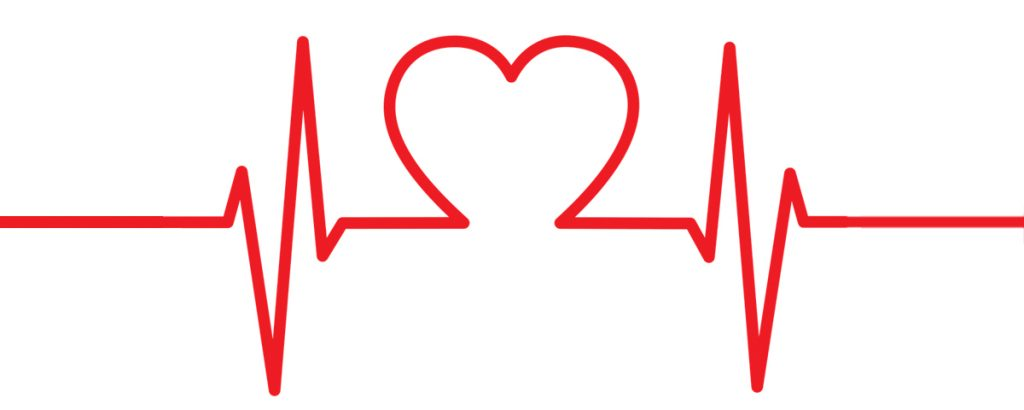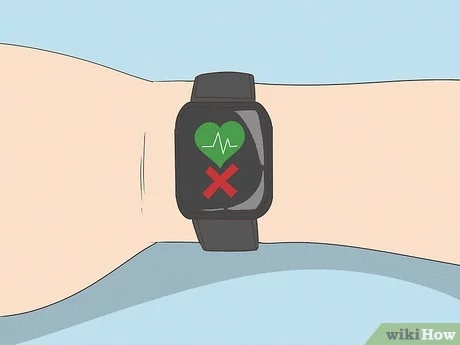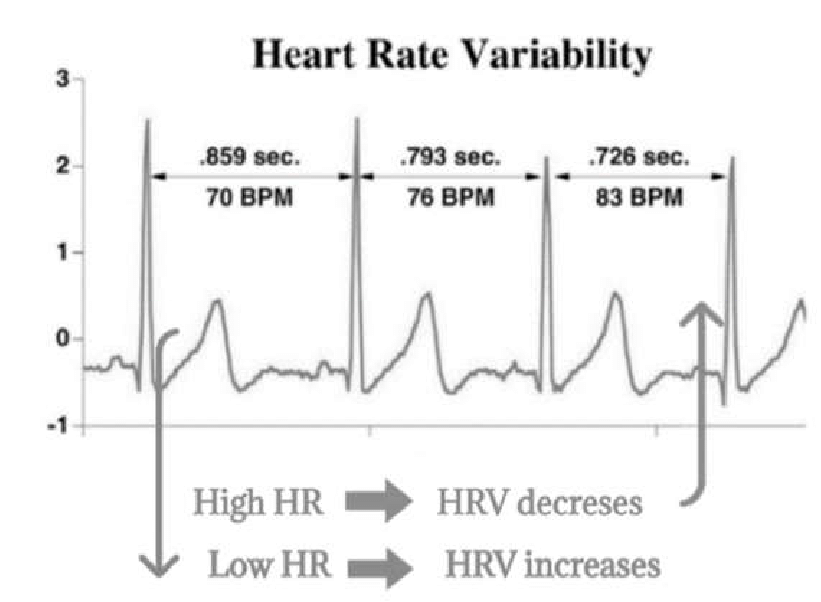
Sep 08, 2021
This is the first of a series of articles covering the importance of measuring the various vital signs. This article focuses on the heart and its related measurements - heart rate (HR) and heart rate variability (HRV).
Our heart supports our daily activities by pumping blood around our body as it beats. Since heart function is the vital function that dominates each function of our body, we must closely monitor and understand its condition. Heart rate (HR) and heart rate variability (HRV) are the two key metrics commonly used to tell our heart’s condition. It is important for us to learn the basic science behind each, so to know their pros and cons and use them correctly.

Heartbeat Graphic Image. Source: Free ShutterStock.
Heart rate (HR) is defined as the average number of heartbeats within a certain time period, usually per minute. HR can be felt at any part of our body where an artery is close to the skin. For instance, we can check it easily by placing our fingers, either at our wrist or the side of our neck. To get more accurate readings, we can use different types of monitors such as sensors wrapping around our chest or watches attaching our wrist.


HR Monitors. Source: wikiHow.
The speed of the heartbeat is subjected to physical activity, emotional responses or other external factors. We measure the resting HR when we are relaxed. A normal resting HR of an adult is between 60 and 100 beats a minute. Though the range of normal resting HR is wide, an unusually high or low resting HR may signify an underlying health problem including an increased risk of heart attack. In adults, HR is too high if it exceeds 100 beats per minute. It is too low if an adult’s HR is less than 50 to 60 beats per minute.
It is noticed that people who exercise frequently may have a lower HR without disease value. Lower resting HR is generally better than higher resting HR as the former indicates stronger heart muscle, better physical fitness and lower blood pressure. Some studies even associated a lower resting heart rate with a longer life span. We must track our HR and keep it low and healthy by exercising more, reducing stress, avoiding tobacco and alcohol and losing excess weight.
When we sustain a workout at our target HR, we achieve better cardiorespiratory endurance. Target HR is the level at which our heart is beating with moderate to high intensity. Thus, knowing our heart rate prevents us from burning out or exercising too weakly for our fitness goals.
A healthy heart does not work like a clock. Heartbeats fluctuate to adjust to sudden physical and psychological challenges. Heart rate variability (HRV) is the variation in time between each heartbeat. This variation is controlled by the autonomic nervous system (ANS). The ANS works unconsciously and regulates bodily functions including heart rate, respiratory rate and digestion. It is subdivided into two large components, the sympathetic and the parasympathetic nervous system, also known as the fight-or-flight mechanism and the relaxation response. Hence, HRV is valuable information as it identifies any ANS imbalance and related illnesses.

HR and HRV. Source: Farrona, M., et al., 2020
HRV as well tells us about our stress level, which is closely connected with our mental health. It is the basis for Stress Index calculation. A low HRV indicates that our body is under stress while a higher HRV shows that we have a healthier ANS, faster responses, more resilience and flexibility. Therefore, a high HRV is generally favourable at rest, yet some pathological conditions can elevate HRV.
HRV is individual, and for instance, affected significantly by age, fitness level, and gender. It is natural for aging and physically unfit people to get lower readings. Recording and comparing our HRV allows us to learn our inadequacy, develop appropriate healthcare goals and live a healthier lifestyle.
FH Vitals™ is capable of measuring HR within ± 3 bpm accuracy. The measurement of HRV is also highly reliable using SDNN, the standard deviation of the NN (successive heartbeats) intervals. We create more awareness of how well your heart function and nervous system are, and how they are influenced by your behaviours.
We determine stress level with Baevsky’s measuring index, a geometric measure of HRV reflecting cardiovascular system stress derived from six HRV-inferred indicators. FH Vitals™ shows the pressure index into five levels, assisting you to understand your stress level and to respond to stress in a healthier way.
We emphasize the importance of HR and HRV as they are widely used and have great potential in medical, wellness, mental health and sports settings. FH Vitals™ makes it possible to obtain accurate HR and HRV contactlessly with a simple phone. Contact us for a demo to experience FH Vitals™ yourself.